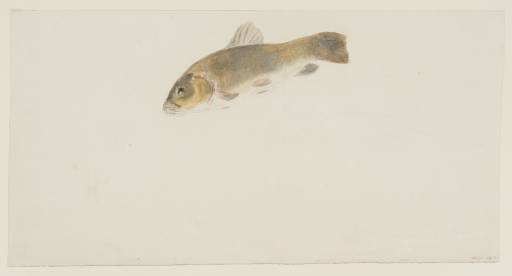1904
E. T. Cook and Alexander Wedderburn (eds.), Library Edition: The Works of John Ruskin: Volume XIII: Turner: The Harbours of England; Catalogues and Notes, London 1904, pp.370, 626.
1909
A.J. Finberg, A Complete Inventory of the Drawings of the Turner Bequest, London 1909, vol.II, p.840, CCLXIII 338, as ‘Study of fish (perch)’.
1974
Martin Butlin, Andrew Wilton and John Gage, Turner 1775–1851, exhibition catalogue, Royal Academy, London 1974, p.98 under no.271 (cited incorrectly as ‘CCCXIII’).
1975
Graham Reynolds, Turner 1775–1851: zhivopis', risunok, akvarel', exhibition catalogue, Hermitage Museum, Leningrad 1975, p.30 under no.24 (cited incorrectly as ‘CCCXIII’).
1979
Andrew Wilton, J.M.W. Turner: His Life and Work, Fribourg 1979, p.468 preceding no.1399.
1980
Michael Spender and Malcolm Fry, Turner at the Bankside Gallery: Catalogue of an Exhibition of Drawings & Water-colours of British River Scenes from the British Museum, exhibition catalogue, Bankside Gallery, London 1980, p.150 under no.70.
1988
Anne Lyles, Turner and Natural History: The Farnley Project, exhibition catalogue, Tate Gallery, London, October 1988–January 1989 pp.41, 64 no.52.
1997
Eric Shanes, Turner’s Watercolour Explorations 1810–1842, exhibition catalogue, Tate Gallery, London 1997, p.97.

